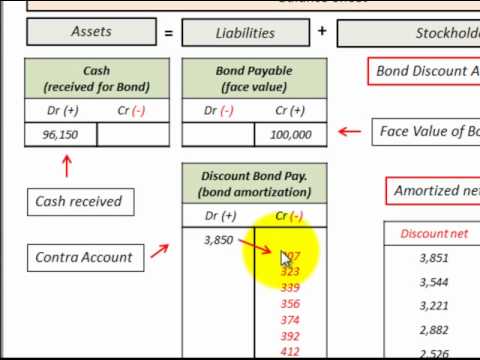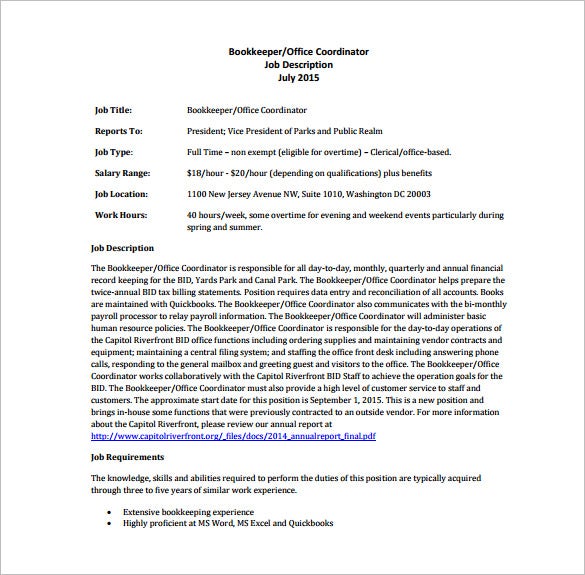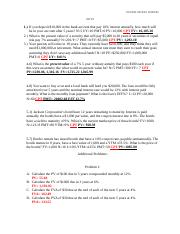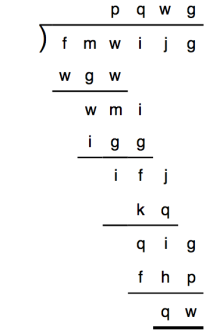Understanding Cash and Cash Equivalents: Types and Examples
Content

The amount of Cash and Cash Equivalents a company has on hand to pay its operating obligations is often referred to as its runway. Especially in challenging economic times, companies are very focused on how they can extend their runway. In economic terms, cash is the form of exchange for all business transactions and activities. In fact, U.S. currency has “this note is legal tender for all debts, public and private” printed directly the face of each bill to indicate that it is backed by the federal government to be of value and able to cover any obligations.
- In accounting terms, cash is the currency and coinage owned by a company.
- There is diversity in practice over the classification of payments from credit card and debit card processors which settle shortly after the reporting date.
- Money market funds are like checking accounts that pay higher interest rates provided by deposited money.
- This depends on the liquidity of the investment and what the company intends to do with such products.
- If a compensating balance arrangement legally restricts the use of cash, such amounts should be considered restricted cash.
Cash equivalents are short-term assets resulting from cash invested by a business with an interest-earning financial institute in securities such as stocks, bonds, treasury bills, commercial paper, or other known securities. A cash equivalent tends to be highly liquid, low risk, very secure and can be converted back into cash quickly and easily, usually within 90 days. The benefit of investing in these securities is that they trade readily in the market and the value of them can be determined quickly and it also shows the health of the business and its ability to pay any short-term debt. Cash and cash equivalents refer to the value of a company’s assets like short-term bonds, treasury bills, commercial papers, etc. Marketable securities and money market holdings are equivalent to cash because they are highly liquid and do not have material deviations in value. Bank accounts and marketable securities are cash equivalents, just like debt securities.
Accounts Receivable
While the concepts discussed herein are intended to help business owners understand general accounting concepts, always speak with a CPA regarding your particular financial situation. The answer to certain tax and accounting issues is often highly dependent on the fact situation presented and your overall financial status. First, owners and investors can contribute money to the business in exchange for a percentage ownership in the company. Second, the company can generate money from selling goods or services to customers as part of its ongoing operations. Third, the business can borrow money from banks, financial institutions, and other lenders. Below is a breakdown of cash and cash equivalents for Facebook for the year ended December 31, 2019, with a comparison to the year ended December 31, 2018 (Facebook, Inc. Form 10-K, Note 4, page 89).
Circle publishes a breakdown of USDC reserves for December – FinanceFeeds
Circle publishes a breakdown of USDC reserves for December.
Posted: Mon, 30 Jan 2023 17:56:57 GMT [source]
For example, if the company has a positive cash balance, it may want to reinvest some of that cash into the business. Alternatively, if it has a negative cash balance, it may need to take out a loan or raise additional capital. The cash balance formula is also used to forecast future cash balances so that a company can plan its finances accordingly. What all those cash and cash equivalent line items have in common in the above example from Facebook is that they are readily convertible to actual funds in the checking account that can be used to pay bills. Any change to a reporting entity’s policy for determining restricted cash must be evaluated as a change in accounting principle subject to a conclusion that the new principle is preferable. When auction rate securities are subject to an auction, resetting the interest rate on the securities is not considered equivalent to a sale and a purchase of such securities when reporting cash flows. Therefore, cash flows should not be reflected when the interest rate is reset.
Working Capital
Similarly, compensating balances maintained by related parties for the reporting entity’s benefit should be disclosed in the footnotes. If the reporting entity can access the cash without any legal or contractual consequence (i.e., there is no requirement that the https://online-accounting.net/ specific cash be set aside for remittance), the cash is likely not legally restricted. Even if the entity has a liability for the amount of cash it needs to remit to a customer, it is possible that the entity could raise cash to pay its customer in another way.

Management determines the appropriate classification of its investments at the time of purchase and reevaluates the designations at each balance sheet date. Petty cash funds are classified as cash because these funds are used to meet current operating expenses and to pay current liabilities as they come due. Even though petty cash has been set aside for a particular purpose, its balance is not material, so it is included in the cash balance in the financial statements. Cash and cash equivalents information is sometimes used by analysts in comparison to a company’s current liabilities to estimate its ability to pay its bills in the short term. However, such an analysis may be excessively conservative if there are receivables that can be readily converted into cash within a few days; in this case, receivables should also be included in the analysis. If a company has excess cash on hand, it may invest capital in a money market fund. This fund is a collection of short-term investments (i.e. generally with maturity terms six months or less) that earns a higher yield than the cash would just sitting in a bank account.
NFP restricted cash and cash equivalents
Restricted cash is the amount of cash and cash equivalent items which are restricted for withdrawal and usage. Restricted cash can be also set aside for other purposes such as expansion of the entity, dividend funds or “retirement of long-term debt”.

These investments can be easily converted to cash and must be short-term, usually with a maturity period of not more than three months or 90 days. It is generally available in a company’s balance sheet under the current asset section with the same name as cash and cash equivalent, and only the overall value is present. The rationale is that cash and cash equivalents are closer to investing activities, rather than the core operating activities of the company, which the NWC metric attempts to capture. Furthermore, the cash and cash equivalent line item is always treated as a current asset and is the first item listed on the assets side of the balance sheet. There are several reasons a company might store their capital in cash equivalents.
Working capital is important for funding a business in the short term and can be used to help finance inventory, operating expenses, and capital purchases. Bankers acceptances are forms of payments that are guaranteed by a bank rater than an individual account holder. Because the bank guarantees payments, the short-term issuance by a bank is considered close enough to cash. Bankers’ acceptances are frequently used in facilitating transactions where there is little risk in either party.

Investments in liquid securities, such as stocks, bonds, and derivatives, are not included in cash and equivalents. Even though such assets may be easily turned into cash (typically with a three-day settlement period), they are still excluded. Long-term investments are technically not current assets, however, their liquidity (i.e. ability to be sold in the open market without a material loss in value) can allow them to be grouped together for purposes of financial modeling. Companies may have a long-term plan for growth or development, and that plan may require a substantial amount of capital. Risk-averse companies or businesses that may be looking to scale in a year or two may not be willing to invest their funds in riskier products. Instead, holding Cash and Cash Equivalents is often a safe place for companies to park funds they’ll need in the future. Companies must use cash and cash equivalents to pay invoices and current portions of long-term debts as they come due.
The cost of securities sold is based on the specific identification model. Cash is the most liquid of the financial assets and is the standard medium of exchange for most business transactions. A business with a large amount of cash is in a better position to weather unexpected expenses or take advantage of opportunities as they arise. Cash Equivalents can be different from Short-Term Investments in tenure.
What is in cash and cash equivalents?
Cash and cash equivalents refers to the line item on the balance sheet that reports the value of a company's assets that are cash or can be converted into cash immediately. Cash equivalents include bank accounts and marketable securities such as commercial paper and short-term government bonds.



